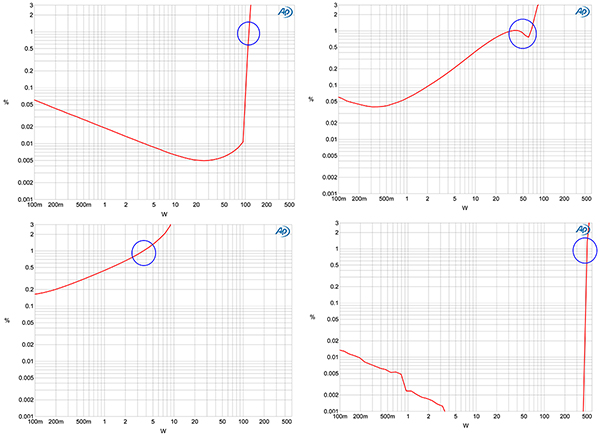Sokel
Master Contributor
- Joined
- Sep 8, 2021
- Messages
- 9,573
- Likes
- 10,271
If they want to participate at the continuous power honest race they must state lower numbers.But, this thread will push them in the right direction and we will hopefully see better performing products really soon - this is free education for them but not a cheap way to go about itbut Im sure they will prevail and come out in a way that all will benefit.
//
If they really want it to perform at the numbers they state now they must increase size/heatshink area or include fans.
Can't see some other way around.And that goes for all amps producing some heat or serious power.
Efficiency is often misleading as the charts are cramped but if one pay attention is all there to see.
As for now king for low heat is Purifi but still,at the high power models thermals are also important.



